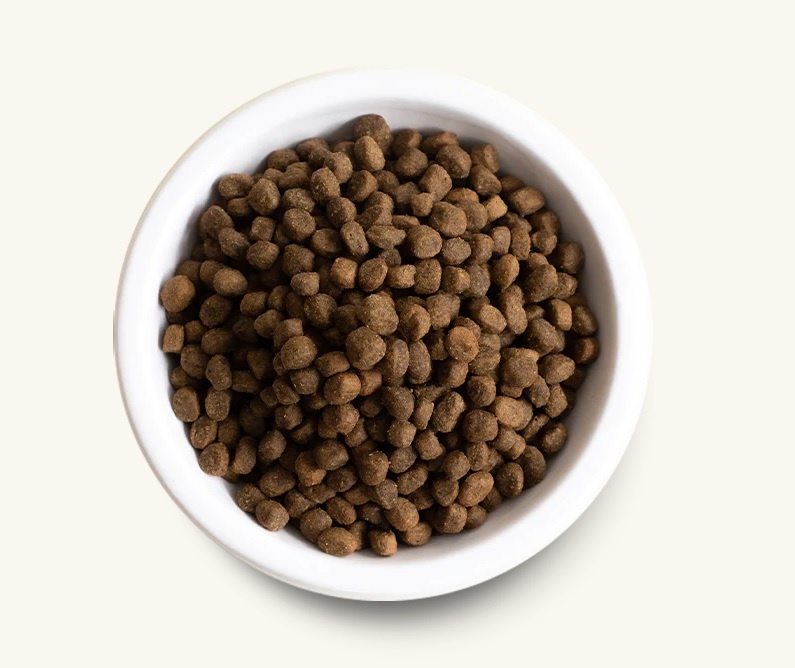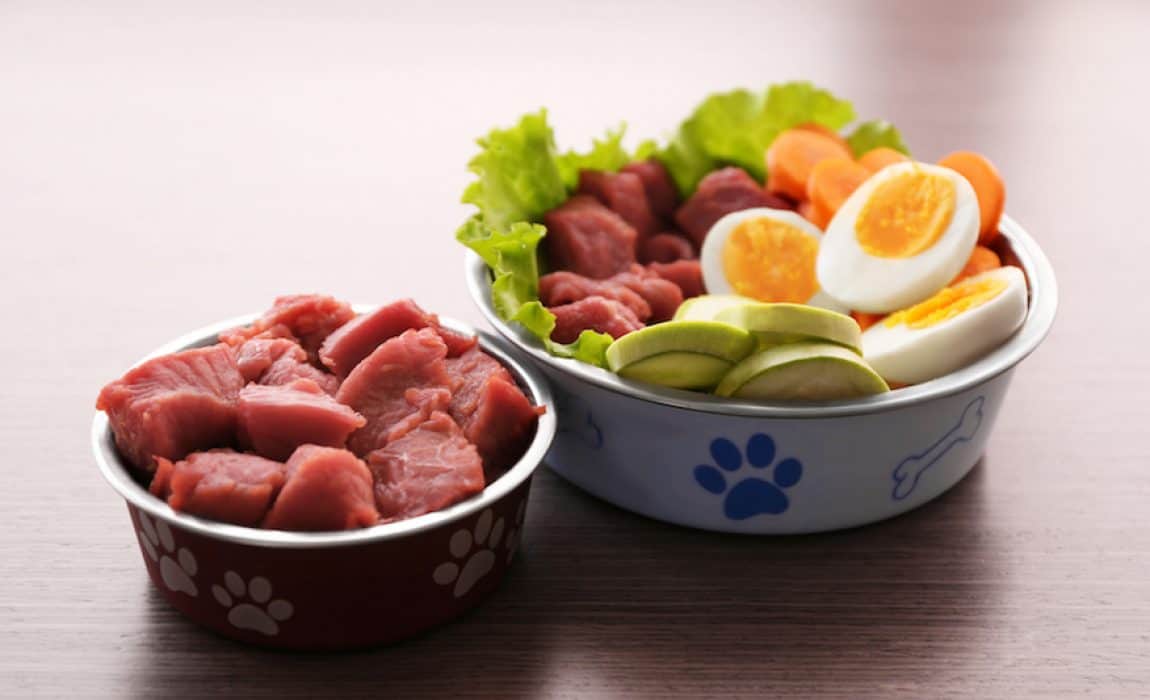While our pets may be members of our family, they are still animals. If we want what’s best for them, we should be providing them the most nutritious diet possible. The most natural diet for our four-legged companions, specifically dogs, is the raw food diet, which has gained popularity in recent years. Here are the reasons why raw food is considered better for pets:
Mimicking Their Ancestral Diet
One of the fundamental arguments for feeding pets raw food is that it closely resembles the diet their wild ancestors consumed. Dogs, for instance, share a common ancestor with wolves, and cats have their origins in wild felines. In the wild, these animals primarily consume raw meat, bones, and organs. Advocates of raw feeding argue that this ancestral diet is what these animals are evolutionarily adapted to eat. Pets were not surviving off of kibble or grains.

Improved Nutrient Absorption
Raw food diets often contain more bioavailable nutrients than processed kibble or canned food. It’s well studied that cooking can degrade some of the essential vitamins and minerals in pet food, reducing their overall nutritional value. Raw food supporters advocate that feeding pets uncooked, minimally processed ingredients allows for better nutrient absorption and utilization, leading to overall better health.
Enhanced Digestive Health
Raw diets typically include bones, which can contribute to improved dental health by naturally cleaning a pet's teeth and reducing the risk of dental issues like plaque and tartar buildup. Additionally, the raw bones supply essential minerals such as calcium and phosphorus, promoting strong bones and joints.
Allergen and Sensitivity Reduction
Many pets suffer from food allergies or sensitivities that can lead to skin issues, digestive problems, and discomfort. Raw food diets eliminate common allergens found in processed pet foods, such as grains, artificial additives, and preservatives. As a result, some pet owners find that switching to raw diets can alleviate their pets' allergy-related symptoms.

Better Weight Management
Maintaining a healthy weight is crucial for pets to prevent obesity-related health issues. Raw diets can provide more control over portion sizes and allow pet owners to tailor their pets' food intake more precisely.
Instead of grabbing a cup of kibble that is made from a mix of ingredients put together, nutrition can be measured more precisely for your pet. This control can help pets reach and maintain their ideal weight more effectively.
Shinier Coats and Increased Energy
Many pet owners who transition their pets to raw food notice positive changes in their pets' appearance and energy levels. A shiny coat, increased vitality, and a reduction in issues like dry, itchy skin are commonly reported benefits of raw feeding. This makes sense since micronutrients found in raw food are higher and absorbed better.
Reduced Risk of Chronic Diseases
Some proponents of raw feeding claim that it may reduce the risk of chronic diseases, such as diabetes and certain types of cancer. While more research is needed to substantiate these claims fully, it's clear that a diet rich in fresh, whole foods can contribute to overall better health and potentially lower the risk of certain ailments. This obviously goes the same for humans.
Conclusion
The debate over whether raw food is better for pets continues, and it's essential to consult with a veterinarian before making any significant changes to your pet's diet. It’s important to slowly transition your pet to this diet because a drastic change can upset their stomach.
Ultimately, the decision on what to feed your pet should consider their individual needs and preferences, as well as input from a trusted veterinarian. Raw food may not be suitable for all pets, but for those it suits, it can offer a natural, wholesome alternative to conventional pet foods, leading to happier, healthier furry family members.

